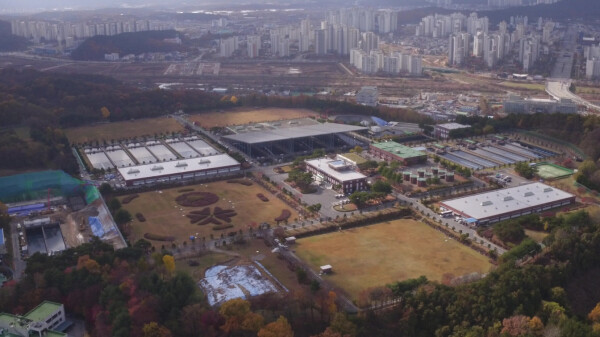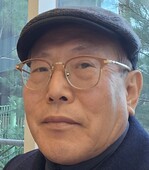
The Daejeon Metropolitan City Waterworks Authority will begin a full-scale cleanup of water purification facilities at its four water purification plants starting in April. This maintenance is a measure taken to prepare for water quality deterioration due to rising summer temperatures and to stably supply safer and cleaner tap water to citizens.
Cleaning of water purification facilities is regularly conducted at least twice a year. This particular effort is being 추진 (promoted/carried out) to proactively prevent the tap water larvae incidents that have occurred in some areas recently and to enhance the stability of the water purification process. The cleaning will target the Songchon and Hoedeok (230,000㎡), Wolpyeong (390,000㎡), and Sintanjin (180,000㎡) water purification plants, with a total maintenance area of approximately 800,000㎡.
In particular, the Wolpyeong Water Purification Business Office plans to conduct thorough cleaning of its major facilities, spanning approximately 388,000㎡, including 18 sedimentation basins, 48 filtration basins, and 14 distribution reservoirs. Activated carbon filtration basins, which have a high potential for larvae occurrence, will undergo intensive cleaning a total of three times. Precise inspections of the walls and filter media of sedimentation and filtration basins will also be conducted to fundamentally block the inflow of small organisms.
This large-scale cleanup will not only remove sludge and water stains within the water purification facilities but also include structural repairs and comprehensive inspections of mechanical and electrical facilities such as pumps, motors, and control devices. It is expected that this will secure the safety of the entire water purification process and further enhance hygiene levels.
Park Do-hyun, Head of the Daejeon Metropolitan City Waterworks Authority, stated, "We will do our best to supply the highest quality tap water that citizens can trust and drink by regularly cleaning and inspecting all water purification facilities, including sedimentation and filtration basins."
[Copyright (c) Global Economic Times. All Rights Reserved.]






























